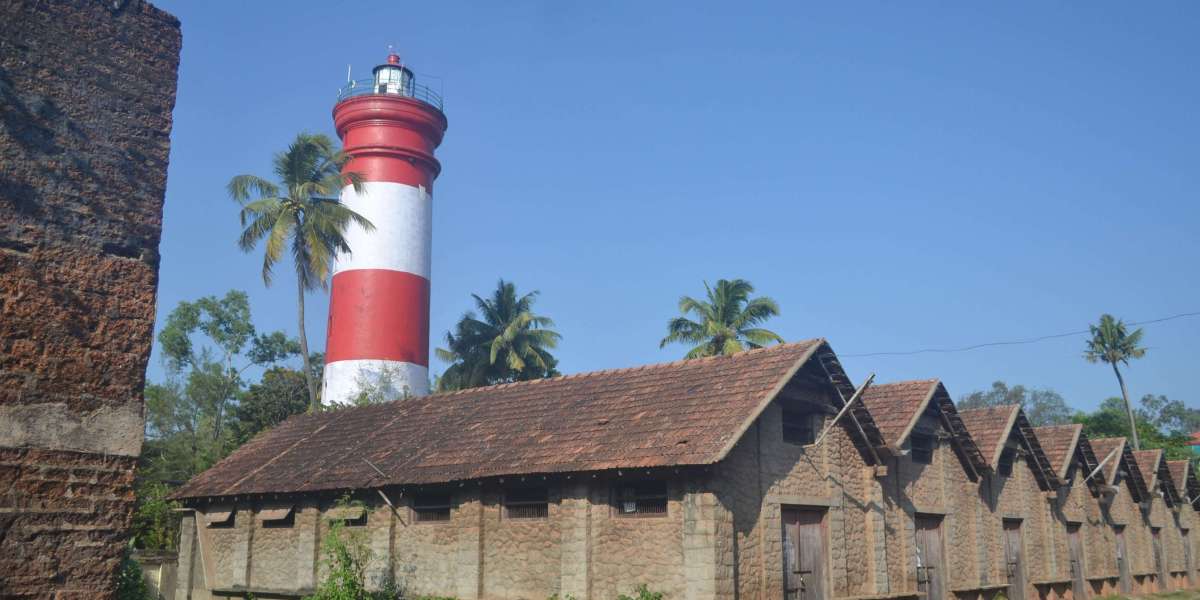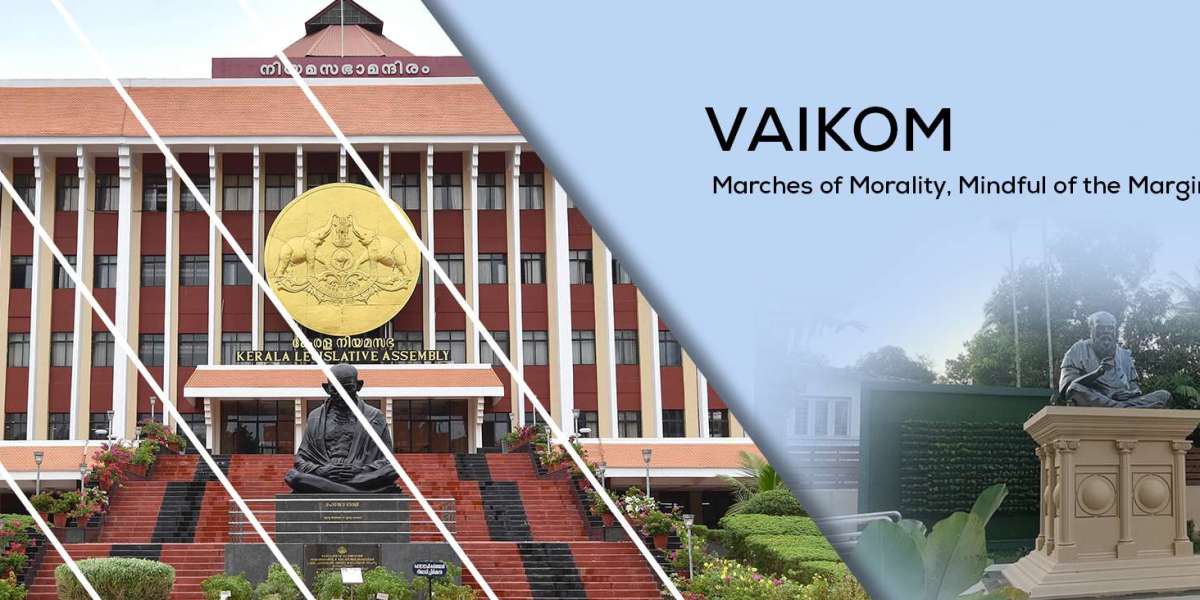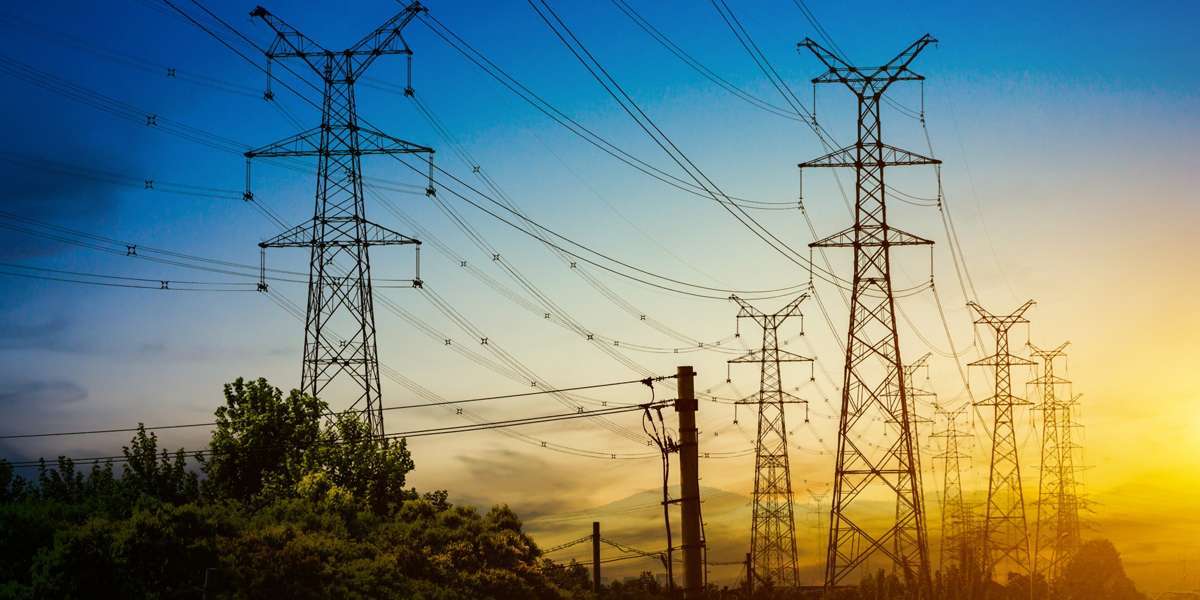Demographics
The constituency had around 178,600 electors in 2021, with female voters slightly outnumbering
male voters; estimated SC-share is about 3.5%, and total literacy rate is about 96.3%. Religious
composition in the district reflects approximately 55% Hindus, 26% Muslims, and 18% Christians. The
region records consistently high voter participation, though turnout dipped slightly in recent polls
(~75%).
Economic Peculiarities
Ambalappuzha's economy is shaped by its coastal and backwater setting:
The blue economy is central—backwater fisheries, shrimp and prawn aquaculture, and
seafood processing units contribute significantly, with links to Matsyafed cooperatives and
Cochin port exports.
Coir industry and allied craft units are active in panchayats like Purakkad and Punnapra,
often driven by coastal livelihood traditions.
Tourism and pilgrimage services—especially around the famous temple and Purakkad
region—support hospitality, boat services, and small-scale retail.
Agriculture remains modest, with inland pockets cultivating coconut, paddy, and vegetables.
NRI remittances exist but are less dominant than in interior Kerala; the coastal economy
leans more on local fisheries and tourism flows.
Economic Strata
Most residents fall into the middleincome category. Fisherfolk, seafood-processors, coir artisans,
small traders, tourism staff and boat operators sustain steady livelihoods. BPL households are fewer
and concentrated in water-vulnerable coastal or marshland zones. High-income families are
uncommon—typically tied to successful seafood-export enterprises or well-established local
business interests.
Recent Development Activities
Under the state’s Navakerala Sadas initiative, Ambalappuzha constituency received around
₹7 crore for local development—one major project is expansion of the inpatient block at
Alappuzha General Hospital, led by MLA H. Salam.
The Public Works Department has undertaken extensive canal renovation and protection
work—cleaning, hyacinth removal, and side-wall strengthening in Pazhaveed, Purakkad and
Thottappally wards to curb flooding and backing up of canals.
As part of election modernization, webcasting, disabledaccess enhancements, improved
hygiene, and EVMVVPAT setups were introduced at many polling booths during recent
elections.
Severe waterlogging in early June 2025 affected thousands in Ambalappuzha taluk—leading
to relief camps and highlighting infrastructure gaps on roads like Alappuzha–Changanassery;
local communities called for better drainage and embankment maintenance.
With 190 polling stations, Ambalappuzha Assembly Constituency blends rich coastal geography,
traditional backwater livelihoods, and vibrant civic identity. Its economy is anchored in the blue
economy, coir crafts, tourism, and modest farming. Supporting a predominantly middle-income
demographic with high literacy, the region has seen recent investments in civic infrastructure, canal
restoration, hospital upgrades, and election facilities. These efforts reflect a constituency moving
steadily towards resilient growth—rooted in its coastal heritage yet adapting to modern public
needs.







